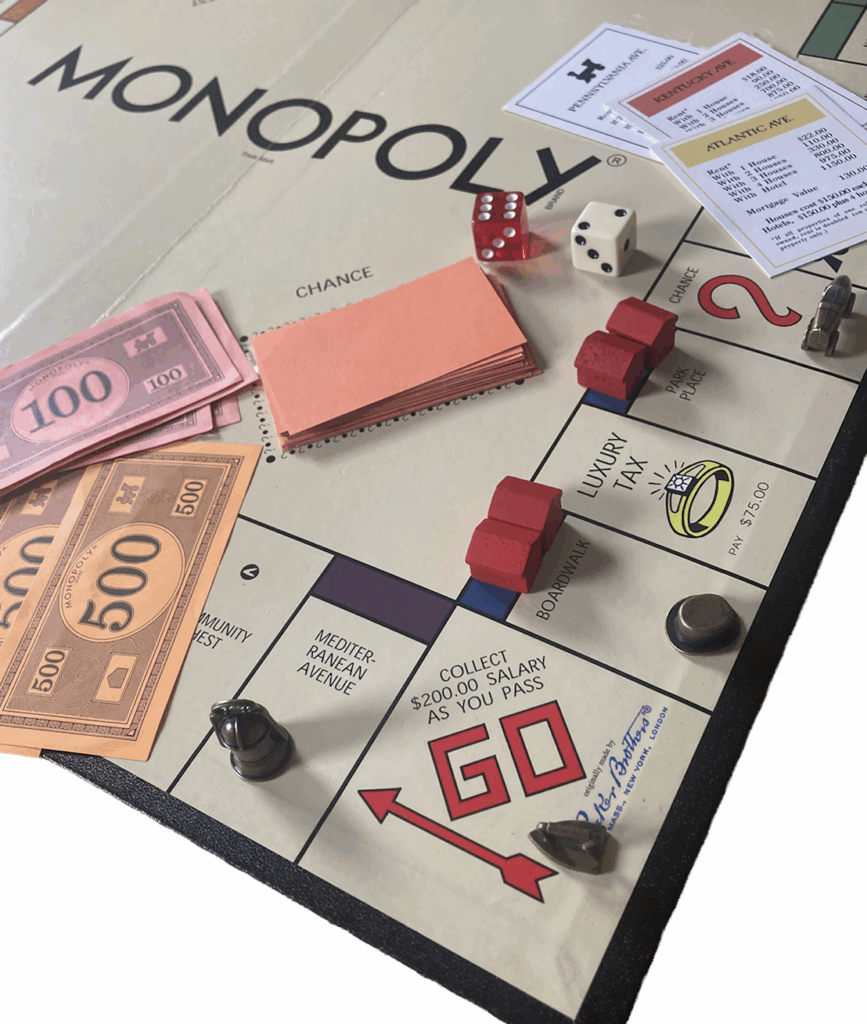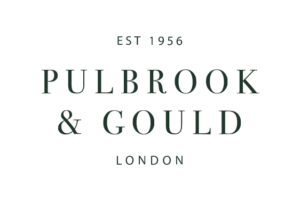Monopoly – the great game at 90, whose origins showed we’re all capitalists at heart
A new set of Royal Mail postage stamps just issued celebrates 90 years since the board game Monopoly first came to the UK. It is a worthy tribute.
A staple of wet afternoons and family rows, many of us will have grown up with our hearts in our mouths as we rolled the dice on the approach to hotel-bedecked Mayfair and Park Lane… or rubbed our hands in despotic glee as landlords demanding ‘rent’ without mercy from siblings who had run out of luck.
“The 10 stamps include images of some of the locations from the classic game, including Old Kent Road, Liverpool Street Station and Park Lane, as well as Free Parking and Chance,” reveals the BBC.
A version had already been played for over 30 years under the much more mundanely titled The Landlord’s Game before it hit Britain’s shores in 1935. Apparently devised as an educational tool to highlight the plight of the poor at the hands of capitalists, it came with two sets of rules: one that rewarded everyone and another that ended with winners and losers. As is the way with human nature, it was the latter version that proved enduringly popular – and so the capitalists triumphed.
It was an unemployed domestic heater salesman, Charles Darrow (1889-1967), who is largely credited with coming up with the modern version of Monopoly during the Great Depression, with Parker Brothers publishing it in 1935, the same year it was adapted for UK audiences.
Darrow’s game was based on the streets of Atlanta. While Chance and Community Chest translated unchanged to the British version, along with the Electric Company, Water Works, Jail and Free Parking, the street names and stations featured were strictly local and all prices were naturally in dollars. Old Kent Road and Whitechapel, the two cheapest properties on the board, were originally Mediterranean Avenue and Baltic Avenue. Park Place became Park Lane, and Boardwalk translated to Mayfair. The four railway stations in the British version were Kings Cross, Marylebone, Fenchurch Street, and Liverpool Street, each devised from Reading Railroad, Pennsylvania Railroad, B&O Railroad and Short Line, respectively.

Monopoly – the original Atlanta version.
Player pieces that appeared in both the US and UK versions included the dog, racing car, old boot, flat iron, battleship and top hat, but other differed, with a rocking horse, handbag, cannon and miner’s safety lamp routinely traversing the streets of Atlanta.
Pass Go in Atlanta and you picked up $200 – in London that would become £200.
Streets surrounding Berkeley Square became immortalised in the game: Piccadilly, Leicester Square, Mayfair, Park Lane, Bond Street. If only the purchase prices were as low as the £400 charged for the most expensive of those properties!
As well as being one of the world’s most popular board games, Monopoly is a much sought-after collectible in its various forms. Rarities include a version designed in the Second World War to conceal prisoner of war escape kits, while the most valuable is the 1988 Sidney Mobell edition, created by a jeweller in 23-carat gold with a total of 42 diamonds for the dice spots and other gems studded around the game. It had an original price tag of $2 million.





